Once your dog is no longer eating the foods that make them sick, it’s possible that some detox symptoms will appear.
This only happens to a small percentage of dogs, and is usually not serious. It might seem frightening, but stick with it!
Your dog will benefit greatly in the long run. Some potential, temporary detox symptoms include:
Diarrhoea/vomiting
This is the most common form of detox in dogs switching to raw, and often resolves quickly. Slow down your transition if you’ve switched too quickly, or offer a different protein (in case they’re sensitive to the one they’re eating).
Offering dog-safe bone broth, like our bone broth for dogs, will help to avoid dehydration and electrolyte loss, and adding a digestion supplement to their diet like those amongst our Digestive supplements range can help, too.
How long will my dog have diarrhoea after switching to raw dog food?
Every dog is different, but usually any diarrhoea that occurs as a result of transitioning to raw will pass within a few days.
If not, you may have switched your dog over too quickly, or they may be sensitive to the protein you’re feeding.
Try slowing down the transition process or offer a gentler, more easily digestible protein like turkey for a while, and see if that makes a difference.
Dry/itchy skin
The skin is the organ through which many toxins are expelled, so your dog may suffer some skin irritation when transitioning to raw food. Keep them hydrated and bathe them with calming, gentle dog soaps like Dermadog’s Itchy Dog Shampoo.
Using natural remedies like Dermadog’s Calm Nourishing Balm on particularly aggravated areas will also help them to remain comfortable until they’re feeling better.
Find out more in our guide to itchy dogs.
Runny eyes/nose
Toxins can also exit the body from your dog’s eyes and nose.
Similar to the excess mucus production that comes with a cold, this is simply their body’s way of expelling what doesn’t belong, now that their systems are beginning to function more normally.
Wiping their eyes/nose with a damp cloth, or something like Leucillin, will prevent any discharge from hardening and potentially making them more uncomfortable.
Being more lethargic than usual
If your dog’s body is hard at work detoxing nasties, it’s possible that they may feel more tired than normal.
Allow them to rest, as they likely need the energy for the detoxification process. Continue to offer them walks and outside time, but don’t worry too much if they’re not interested.
As long as they’re still eating, drinking, and toileting regularly, temporary lethargy isn’t too much of a concern. Always seek medical advice if this goes on longer than a few days.

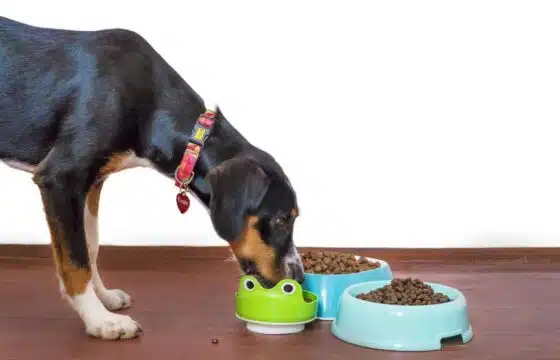

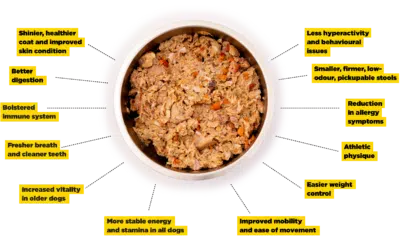
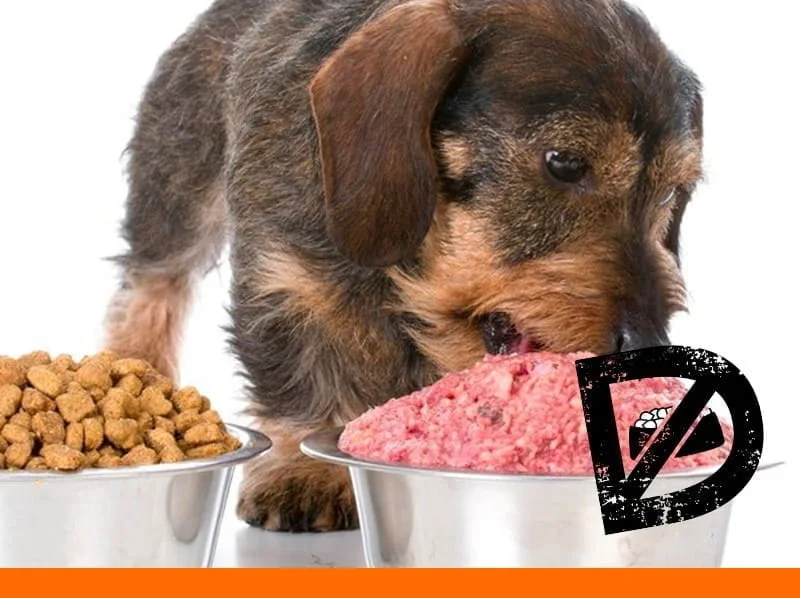
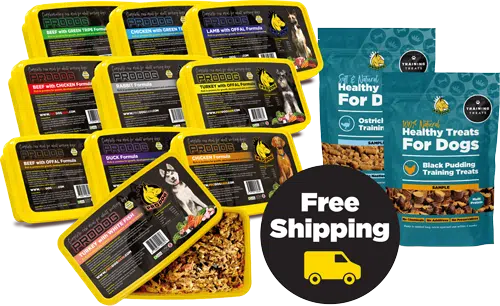



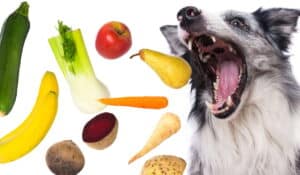
How long can the dog food last once opened from frozen?
Hi Alicia – 3-4 days in the fridge. Hope that helps